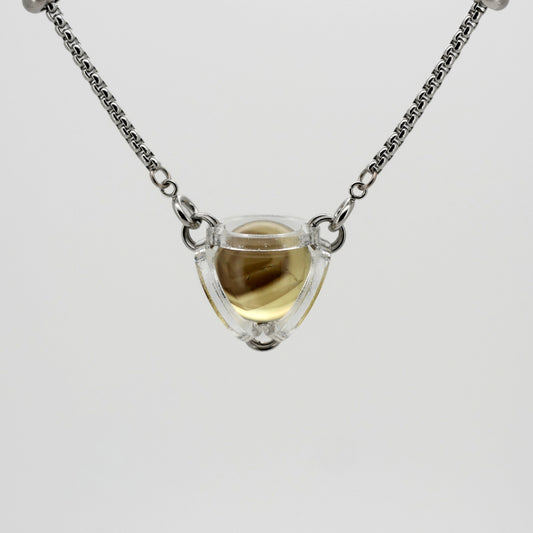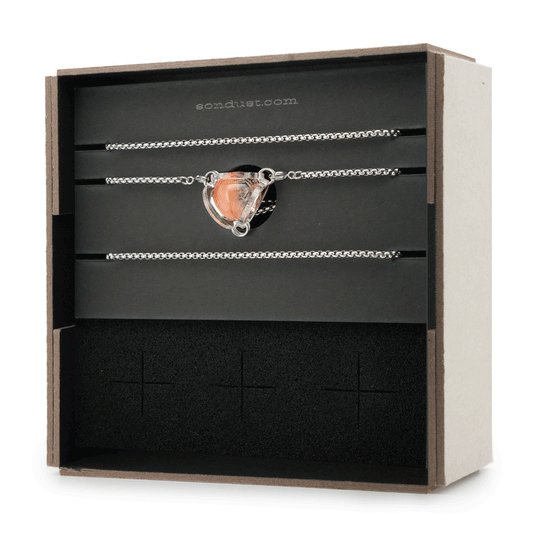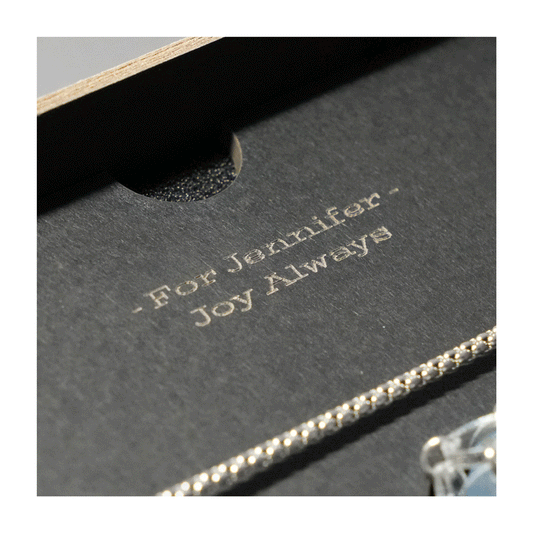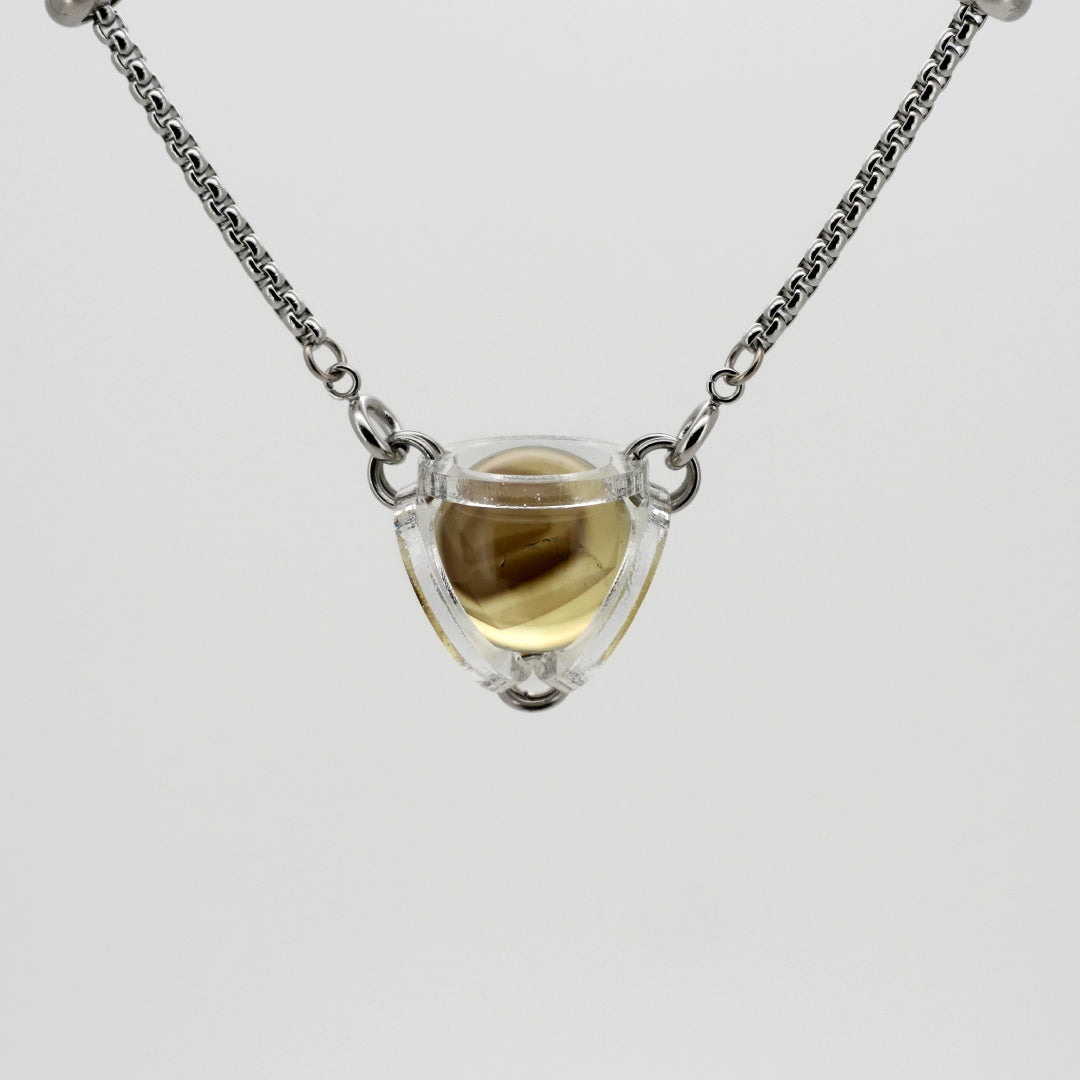
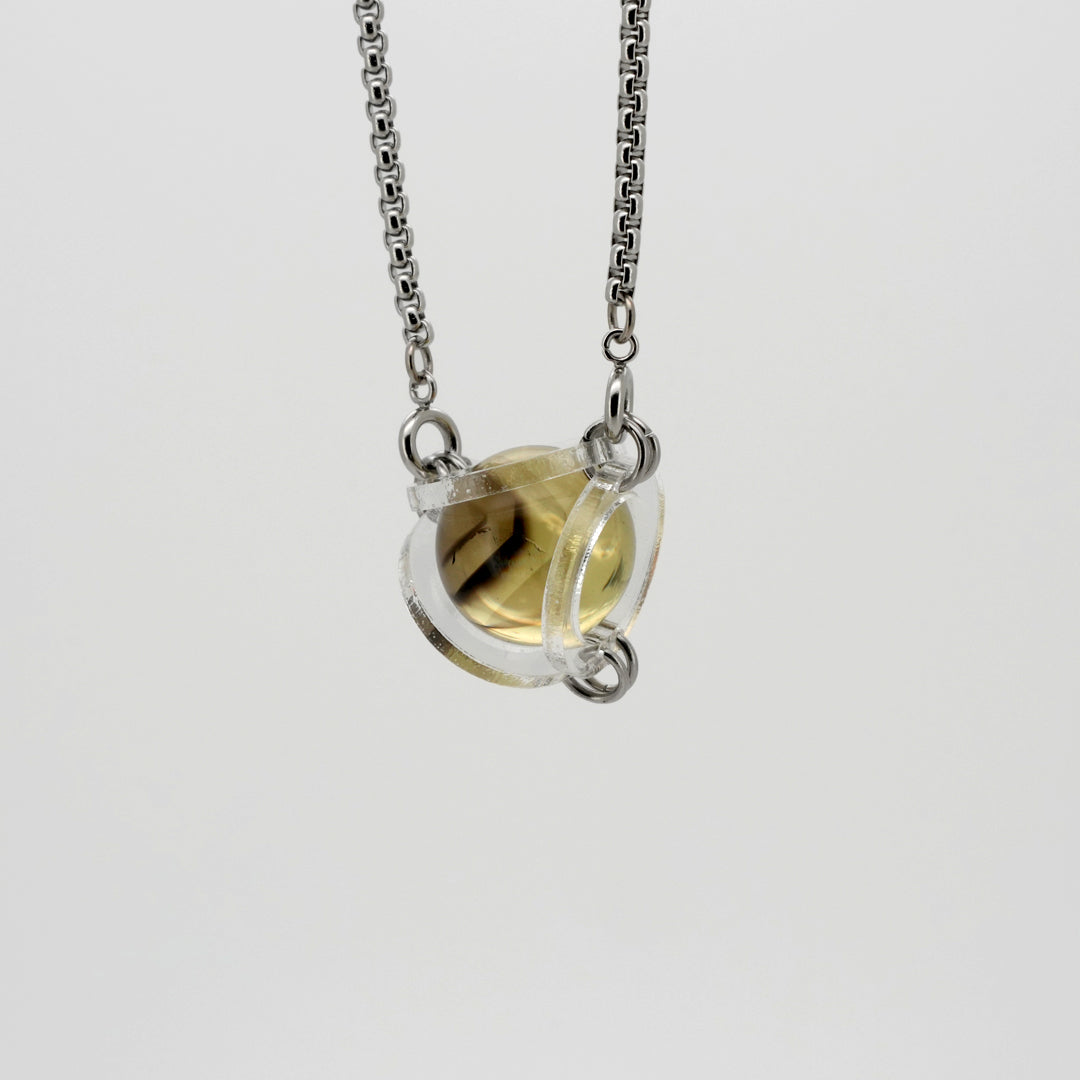
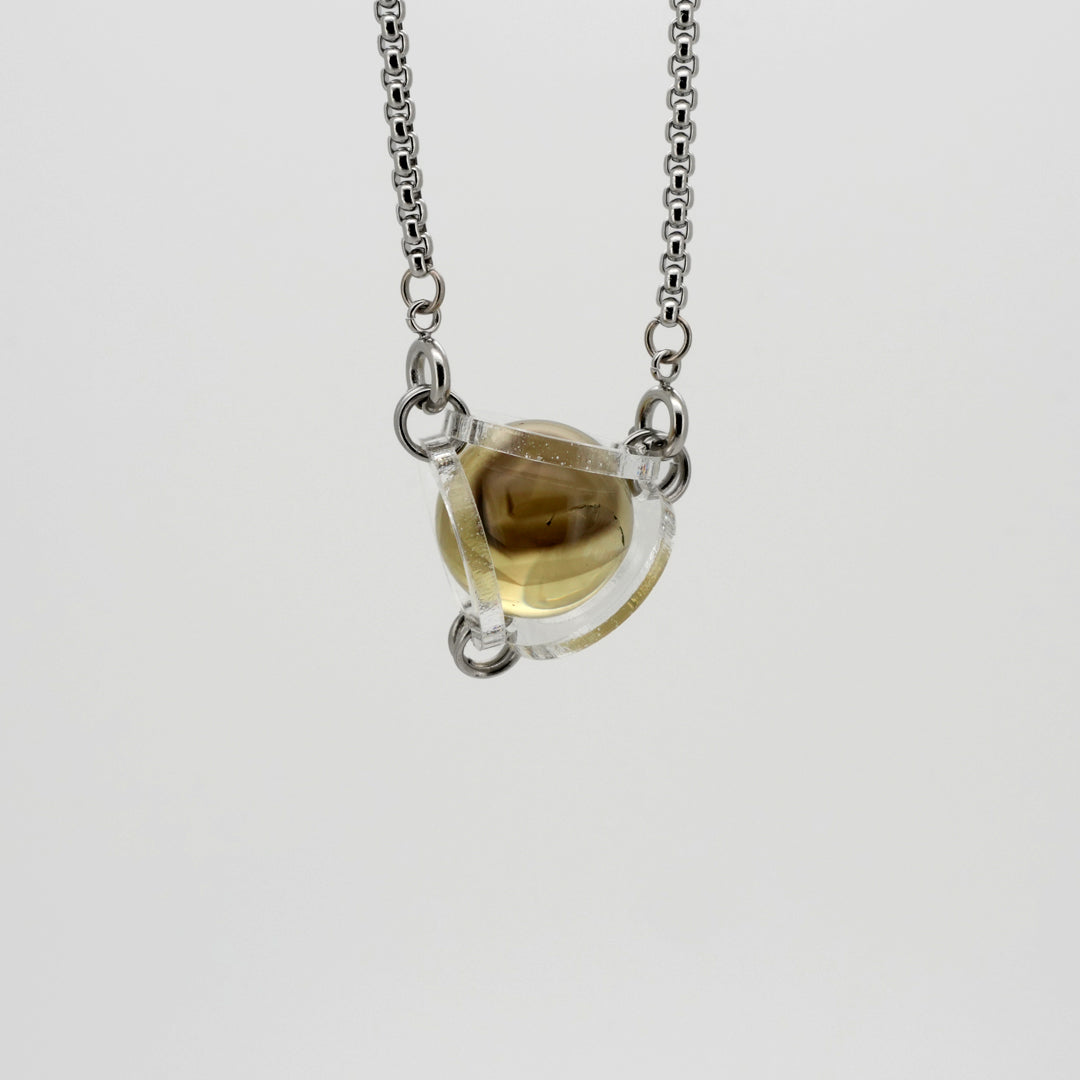





















Rosecore
Eondust chains are crafted from 316 stainless steel "square pearl" links (2mm width). Choose from two lengths to match your style:

- Fit & Style: Sits as a choker or clavicle chain, lying close to the neck for a sleek, minimalist aesthetic.
- How to Wear: Attach directly to your pendant, then secure with the small spring ring clasp at the front of your neck — no clasp at the back.
- Adjustability: Fixed length (non-adjustable).
- Weight: 5.5g

- Fit & Style: Fully adjustable from 25cm to 52cm. Wear it short (as a choker) or long (at chest level) — versatile enough for T-shirts, dresses, or open necklines.
- How to Wear: Composed of two 26cm segments with a sliding stainless steel bead (acts as a stopper):
- Adjustability: Full range (25–52cm) via sliding beads and lobster clasp.
- Weight: 11g
- For 52cm length: Attach one end to your pendant, then clasp the other end at the back of your neck.
- For shorter lengths: Attach one end to your pendant, clasp the other end near the stainless steel bead, then slide the bead toward both sides to adjust to your desired length.
- Tips: When using the long chain at its full 52cm length, the two adjustment beads double as decorative accents — they slide freely along both sides of the chain, complementing your pendant to create varied looks.
- Note: Slide the stainless steel adjustment bead slowly. Rapid back-and-forth sliding may cause the internal silicone ring to dislodge, resulting in loss of adjustability.
Golden citrine layers unfold like rose petals trapped in glass, a tiny, glowing bloom at your throat. Wear it, and you carry a secret rose — petal by petal, light by light, in a crystal embrace.
Collection: Trinity
Gem Type: Citrine
Gem Size: 13.2mm
Material: High quality natural gemstone, 316L stainless steel, special-processed acrylic
Know the Stone:
Citrine is a variety of quartz, distinguished by its yellow to brownish hues. These colors result from iron impurities within the crystal lattice, with higher iron content leading to deeper, more amber tones. Formed in igneous rocks such as granite pegmatites or hydrothermal veins, it develops when silica-rich fluids crystallize under specific temperature and pressure conditions. It exhibits a vitreous luster, and its transparency ranges from clear to slightly cloudy, with the warm coloration intensifying under light exposure. In some instances, citrine can also form inclusions, which add to its unique visual appeal and geological interest.
